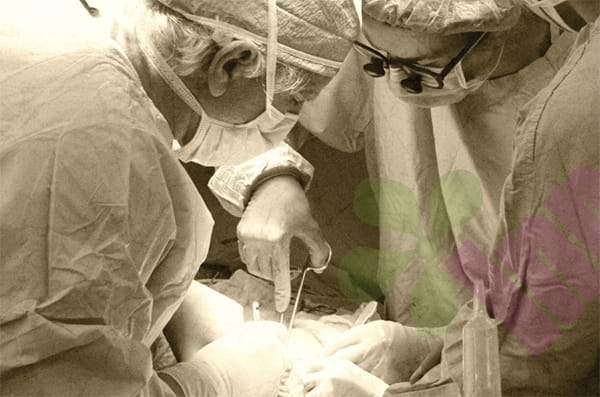When we sustain an injury, whether it's a surgical incision or an accidental scrape, a hormone called cortisol becomes active. It's often called the stress hormone because its production spikes when we're nervous, anxious, or stressed. In the complex repair process of wound healing, cortisol plays a delicate role: an indispensable helper, but also a hidden destructor if mishandled. Understanding its dual nature is crucial to promoting successful wound healing.

Stress hormones: the body's double-edged sword
Let's start with the helper aspect. The moment a wound appears, the body sounds the alarm. As a core component of the stress response, cortisol levels rise rapidly. At this point, it plays several key roles: first, it is anti-inflammatory. Inflammation is an inevitable early stage of a wound, a necessary process to clear necrotic tissue and foreign invaders (bacteria). However, inflammation cannot get out of control; excessive redness, swelling, heat, and pain can damage new tissue. Cortisol acts like a firefighter, effectively suppressing excessive inflammation and keeping the fire within a reasonable range. Second, it provides energy support. Healing is an energy-intensive process, and cortisol prompts the liver to release more glucose into the bloodstream, providing sufficient fuel for immune and repair cells. Finally, in emergency situations, it helps maintain stable blood pressure and blood flow to the wound site. It can be said that the timely response of cortisol in the initial stages of wound healing is a crucial part of the body's self-protection mechanism.
Why are cortisol levels chronically high?
If you're constantly experiencing stress during wound recovery, such as work stress, anxiety, severe sleep deprivation, or suffering from other chronic illnesses or pain, your adrenal glands will continuously secrete cortisol. This is like a firefighter lingering at a fire scene, even spraying water indiscriminately. Chronic excessive cortisol reveals its destructive side. The most direct harm is suppressing the immune system. It weakens and reduces the number of infection-fighting immune cells, significantly reducing the wound's ability to resist bacterial invasion and significantly increasing the risk of infection. It also interferes with crucial repair processes. Collagen is the building block of wound growth and strength. Chronic high levels of cortisol can hinder collagen synthesis by fibroblasts and accelerate the breakdown of existing collagen, making the new tissue fragile, delaying wound healing, and even increasing the risk of dehiscence. It also affects angiogenesis. New capillary networks are crucial for delivering oxygen and nutrients to wounds, but excessive cortisol inhibits their formation, starving the repairing tissue. Furthermore, it can slow the migration of epithelial cells in the skin's surface, hindering the wound's final closure. In the long run, high cortisol levels are often accompanied by elevated blood sugar and accelerated protein breakdown, both of which are major detrimental factors to wound healing.
How to improve?
The key is to manage and optimize the body's stress state. The first priority is to identify and work to reduce ongoing stressors. This may sound a bit empty, but specific actions can include: ensuring adequate and high-quality sleep, maintaining a regular sleep schedule as much as possible, and creating a quiet and comfortable resting environment for yourself during the wound recovery period. Learning some simple relaxation techniques is very practical, such as spending a few minutes a day doing deep breathing exercises, trying guided meditation audios, or practicing progressive muscle relaxation. These can effectively reduce physical tension and relieve stress on the adrenal glands. Maintain moderate social interaction and talk to avoid excessive emotional suppression. If your physical condition allows, engage in gentle activities such as walking to help release endorphins and naturally fight stress, but remember to avoid strenuous exercise that puts strain on the wound.
For the wound itself, meticulous care can reduce stress caused by secondary irritation. Regularly clean and change dressings, keep the wound clean and moist but not overly wet, and choose appropriate dressings, such as foam dressings for exudate and, later, hydrocolloids, to prevent infection. This, in itself, reduces the additional challenges the body must cope with. Pain is a significant source of stress, so it's crucial to use analgesics as prescribed by your doctor to effectively control pain and break the vicious cycle of pain, tension, and elevated cortisol.
For more information on Innomed® Silicone Scar Dressing, refer to the Previous Articles. If you have customized needs, you are welcome to contact us; You Wholeheartedly. At longterm medical, we transform this data by Innovating and Developing Products that Make Life easier for those who need loving care.
Editor: kiki Jia

 English
English عربى
عربى Español
Español русский
русский 中文简体
中文简体








